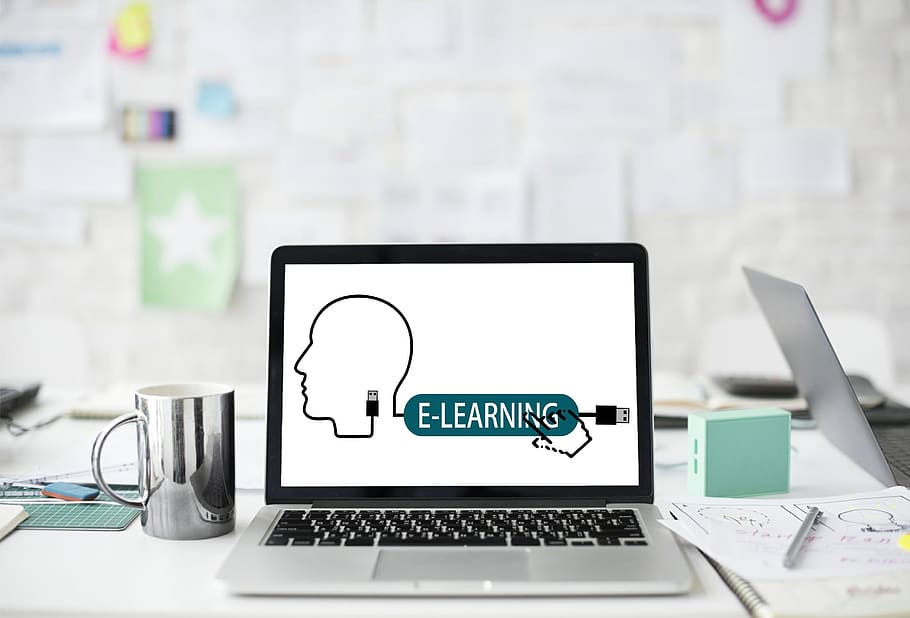Summary:
E-learning tools provide educators and students with access to resources they couldn’t have had otherwise, no matter their status or location. But even though e-learning has become an education equalizer, it’s still not a replacement for the traditional classroom. Sure, the technology is advancing, but it’s not flawless. Just like any new, burgeoning innovation, e-learning faces its own challenges.
E-learning tools provide educators and students with access to resources they couldn’t have had otherwise, no matter their status or location. But even though e-learning has become an education equalizer, it’s still not a replacement for the traditional classroom. Sure, the technology is advancing, but it’s not flawless. Just like any new, burgeoning innovation, e-learning faces its own challenges.
The COVID-19 outbreak has disrupted the academic year, cancelled classes and examinations across the country. To ensure that students do not miss out on their studies, schools moved classes online, forcing students to attend lectures via their gadgets. However, this has also sparked a debate on whether the increased amount of screen time helps students learn or if it impedes their progress. While Maharashtra has banned online classes from pre-primary to Class II, Karnataka and Madhya Pradesh have extended the ban till Class V.
One of the ways e-learning has tried to mimic the social aspects of a classroom is with tools like messaging boards, Facebook groups, and yes, sometimes chatbots. They give students the sense they aren’t just staring at an empty message board, but they are talking with real people about their homework.
Of course, this doesn’t replace talking with peers or having a teacher know your name.
Students naturally learn from one another while solving problems and working collaboratively in a traditional classroom. They’re validated and encouraged by face-to-face time with a teacher that doesn’t come from a pre-recorded video.
E-learning has yet to find a way to truly imitate that.
From the teacher’s perspective, e-learning tools give them precise, clear-cut feedback on how a student is engaging with material. They can see where students get lost in a lesson and grade assignments with the click of a button.
A reduced workload allows teachers to flex their skills in other ways—ways that are more beneficial to the students and the classroom. Less hours spent grading workbooks means more time spent engaging each student on an individual level.
It’s this combination of customized content and resource management that will allow teachers to lead our classrooms into the future.
These days, more and more students are being driven to self-instruction—either because they can’t afford tuition or are simply excited about a topic. This is where e-learning comes in.
If a platform could actually cater content and interaction around the individual user—their speed, their interests, their location—then e-learning could give them the ability to learn whatever they want, from wherever they want.

If You Like This Story, Support NYOOOZ
Your support to NYOOOZ will help us to continue create and publish news for and from smaller cities, which also need equal voice as much as citizens living in bigger cities have through mainstream media organizations.
Source :NYOOOZ DESK









